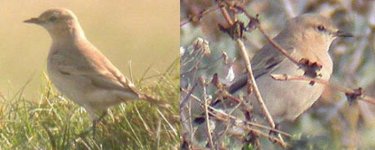Jane Turner
Well-known member
I was just absent mindedly trawling thorugh the rarity pics on surfbirds and saw these. Now the first one looks like I expect and Issy to look.... not at all happy that the second pair of pics are what I would expect!
Anyone else confused?
http://www.surfbirds.com/media/gallery_photos/20051004044012.jpg
http://www.surfbirds.com/media/gallery_photos/20051004115224.jpg
http://www.surfbirds.com/media/gallery_photos/20051004115513.jpg
Anyone else confused?
http://www.surfbirds.com/media/gallery_photos/20051004044012.jpg
http://www.surfbirds.com/media/gallery_photos/20051004115224.jpg
http://www.surfbirds.com/media/gallery_photos/20051004115513.jpg





